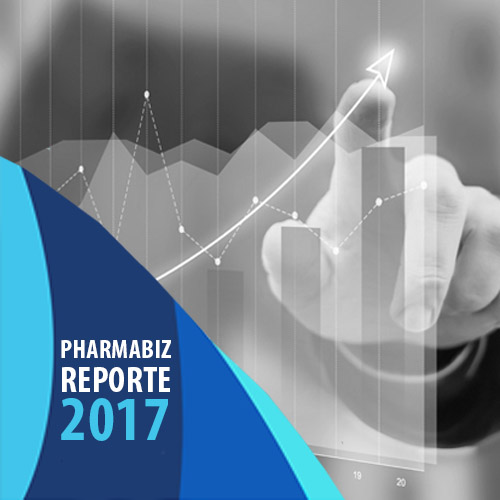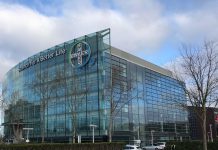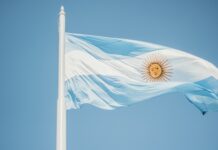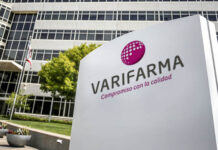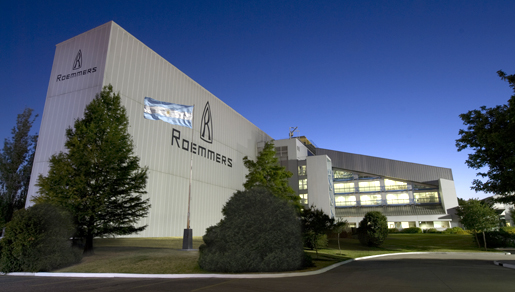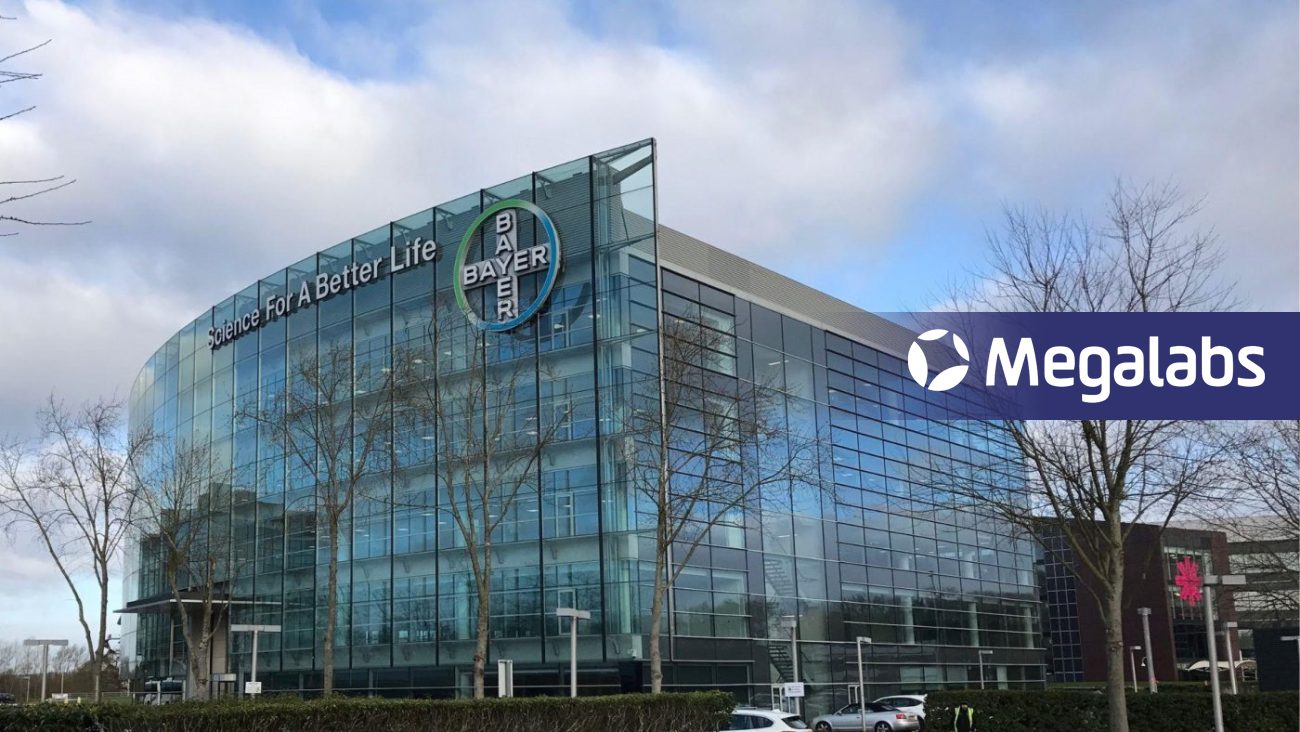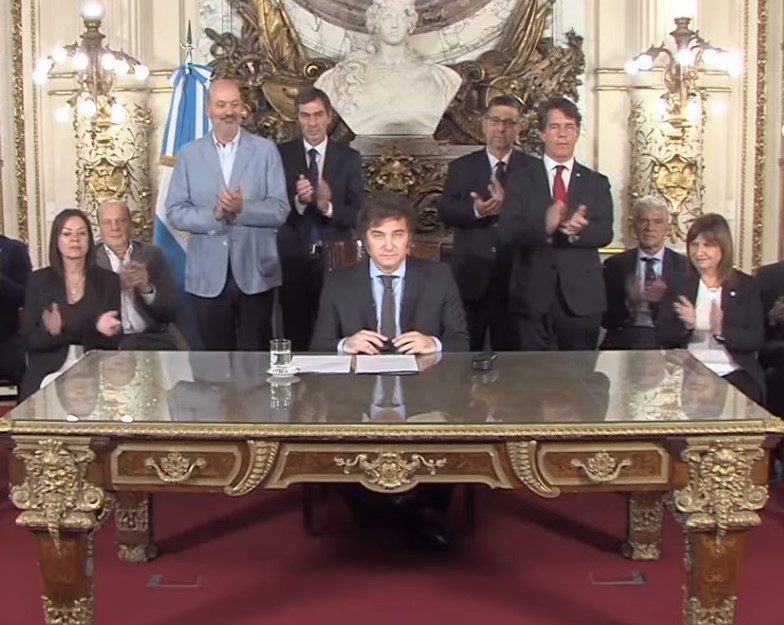The «un-termination» of the agreement with PAMI, Argentina’s state funded health provision for pensioners, was possibly the key and most controversial topic of 2017. The agreement was terminated then reactivated in a series of twists that have left many wondering what lays in store for the next agreement due in March 2018.
The countdown to the end of the year is upon us, so here comes the obligatory round-up and analysis of the key events that shaped the pharma sector in Argentina this past year.
Without doubt, the biggest topic of the year was the surprise «un-termination» of the contract between the pharmaceutical industry and the PAMI, Argentina’s state health provision for pensioners.
The government of Argentina’s president Mauricio Macri wanted to make a show of force and impose new conditions on the sector, but the chambers remained firm, convinced that the government was not capable of establishing new rules of play, and they finally won the battle. In the middle of an election campaign, the authorities did an about-turn and the old agreement was revalidated. See article in Spanish.
The most controversial detail was that the «un-terminated” contract had been renovated just three months earlier with the conformity of all parts, and after many back and forths. It had been signed under the administration of Carlos Regazzoni, which lasted barely a year and three months, and was «un-signed» by Sergio Cassinotti. See article in Spanish.
The sector saw sales on a par with the previous year in terms of units sold, marked by a slowing down in consumption. In terms of value, it’s estimated that the year saw an average 35% growth, according to provisional figures from the main auditors.
According to sources consulted by Pharmabiz, 2018 is not looking likely to be an easy year for everything relating to the PAMI. The contract expires again on March 30, and it is understood that the government will push ahead with its strategy of discipline and the search for alternatives to make savings.
Beyond the macro-agreement, the PAMI was also the protagonist in 2017 of a joint resolution that could become a key tool if it truly gains validity. The body sealed an agreement with IOMA provincial healthcare provider in Buenos Aires Province, la Super and the Ministry of Health that aims to integrate purchases among the key actors in the system in order to achieve bulk procurement and better prices. The initiative materialised through resolution nº 1004 with the idea of putting the industry on alert.
The creation of an agency to weigh up the real impact of new generation medicines, has been the battle horse of Mauricio Macri’s government, almost since his swearing-in, but, two years on, it has yet to become reality.
High cost innovative products will be part of the game. After becoming the golden eggs for the industry, new challenges are being studied by the government and social security system with regard the mechanisms of access and coverage.
Within this context, everyone still awaits news of the famous AGNET, a new agency that Mauricio Macri mooted almost at the very beginning of his presidency but has still to emerge into daylight. The initiative aims to create a new body that will weigh up the real impact of latest generation medicines and technologies and analyse and set parametres for any coverage that would entail major outlays for social healthcare providers and the state. See article in Spanish.
During 2017, the pharma sector saw some signs of investment, mainly on the industrial side. Several companies cut the ribbons at new plants in Argentina, the biggest being Germany’s Fresenius in Ezeiza, and Denver in Garín.
Beyond the administrative tangle, the pharma sector was able to take a breath this year. Sales remained steady in unit terms, marked by the slowing of consumption, while in terms of value it’s estimated that the year saw an average 35% growth, according to provisional figures from the main auditors.
Investment in drips and drabs
Investment continued to take centre stage in the second half of the year for the government. Although investment was scarce across the economy as a whole, there were some signs of progress in the pharma sector. US drugmaker Pfizer cut the ribbons at a new soft capsules plant in September, located at the company’s historic site in Villa Soldati and involving an investment of more than US$ 10 million. See article in English.
The merger of the year was without doubt that led by Daniel Sielecki and his group. His partners at Elea re-purchased the drugmaker Phoenix, which they had sold to Britain’s GSK seven years before.
And the Roemmers couldn’t be left out. It acquired Argentina’s Elisium to beef up its OTC portfolio.
Germany’s Fresenius started the motors at its new manufacturing plant focusing on intravenous mixtures on the Ezeiza industrial estate, which involved an investment of close to US$ 10 million. See article in English.
The Argentine drugmaker Denver was another to be ton investment. Having acquired Beta’s biotech insulin in 2014, it made an investment this year of US$ 12 million to build a new plant on the Garín industrial centre. But, the initiative, backed by real funds didn’t pass the regulator ANMAT’s inspection to gain authorisation due to a bureaucratic tangle at the regulator. So we had the paradox of the top tiers of the government demanding the much-predicted rain of investments while the administrative bodies are not up to the task. See article in Spanish.
Other investments arrived in the first quarter via the Argentine-Venezuelan firm Jayor, which opened a production site for parenteral solutions, attracting the president of Argentina to the opening. The complex located on the Pilar industrial estate involved an injection of AR$ 30 million, and aims to put the company in the first line of those meeting the new norms emitted by ANMAT, which demand this kind of product be manufactured using closed system technology. See article in Spanish.
Lastly, the Argentine drugmaker Savant announced that it would build a third plant on its site in Córdoba in the period 2017-2020. It will do so using a loan of AR$ 202 million pesos from the bank Bancor and the plan is to begin to manufacture oncological medicines. See article in Spanish.
Deals and more
The area of M&A was fairly weak in this second year of Mauricio Macri’s presidency. The star deal was that led by the businessman Daniel Sielecki, who re-acquired, together with his partners in Elea – Hugo Sigman and Luis Gold – the same drugmaker that he had sold to Britain’s GSK in 2010. Phoenix therefore returned to national ownership in a deal closed at around US$ 150 million. See article in English.
Another major local deal, and a story broken exclusively by Pharmabiz was Argentina’s largest pharma company Roemmers’ acquisition of Elisium for around US$ 20 million in August. The move served to beef up the firm’s OTC portfolio which is based on the firm Gramon Millet. See article in English.
A smaller operation was Savant’s purchase of Szama, a specialist in dermatology for close to AR$70 million. The deal included the company’s plant in the Flores neighbourhood of Buenos Aires. See article in Spanish.
The final highlight on the market in 2017 was Argentine drugmaker Richmond’s floatation on Buenos Aires Stock Market. Some analysts have read the move as a sign that other companies in the sector may follow the same route to gain finance, but this seems unlikely given that the sector is used to counting on genuine funds and its own financial backing.
At the verge of the year’s end, Argentine firm Richmond surprised everyone with its launch on the Buenos Aires Stock Exchange. As a result analysts have begun to speculate about whether other companies in the sector may follow the same route, but this seems improbable given that the sector is used to counting on genuine funds and its own financial backing.
Trade unions and triggers
The year for the unions was marked by the appearance of the trigger clause across all sectors. Pharma was no exception and all the unions closed pay negotiations with this additional subheading.
The clause hinges on the INDEC’s consumer price index, establishing an adjustment in salary scales if the rate of inflation exceeded 21%. This clause was obtained in the pay negotiations involving the unions FATSA and ADEF, among others.
On average, the majority of the pay agreements in the sector closed with increases of around 23%, but there was one negotiation that stood out in the country as a whole; that of the medical sales agents association which still hadn’t solved its 2016 negotiations.
This chapter closed with, on the verge of reaching the end of 2017, four unions belonging to the FAAPROME (those belonging to the provinces of Rosario, Santa Fe, Entre Ríos and Mendoza) breaking ranks to seal their own pay agreements, meaning that 2018 will mark the start of a new era on this and many other topics.
